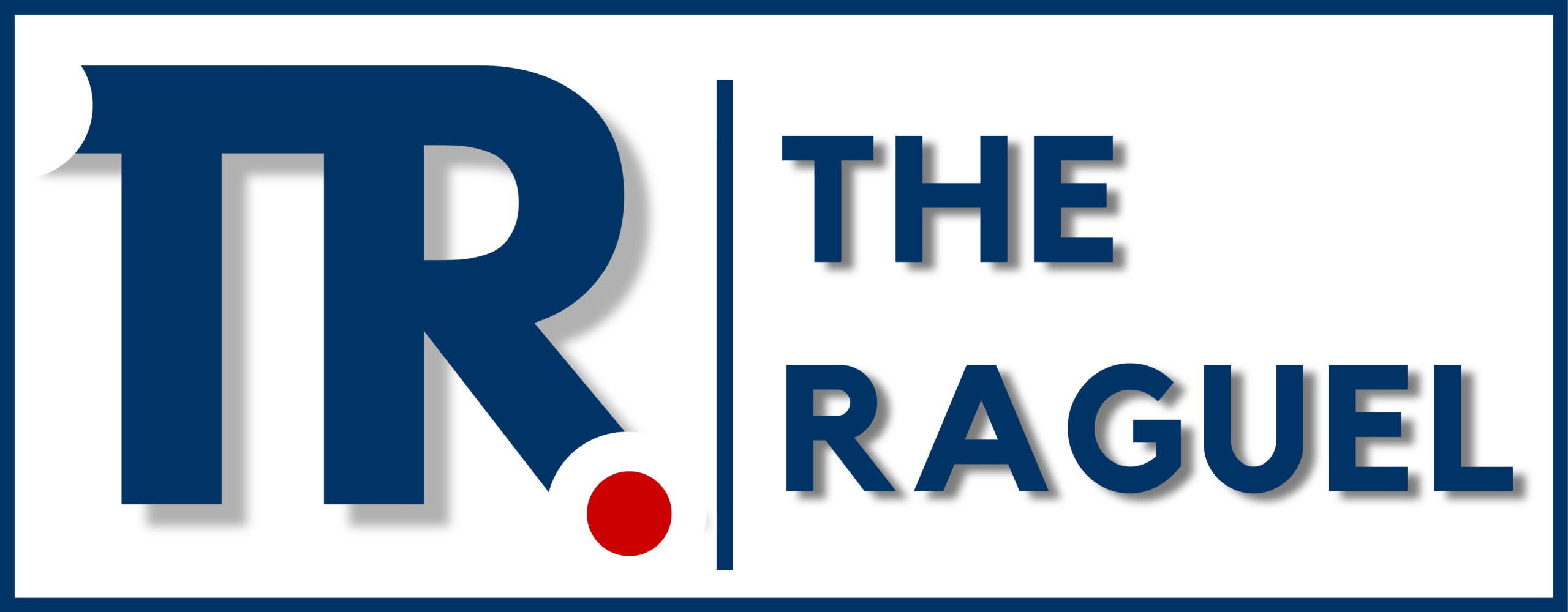In a stunning breach of national security, the Trump administration inadvertently exposed highly sensitive military strategies in early 2025, revealing a top-secret Yemen war plan intended for strikes against Houthi targets in Yemen. This incident, detailed in an article from The Atlantic, has sparked widespread outrage, raised questions about operational security, and drawn sharp reactions from opposition leaders, media, and key figures within the administrationa . Below, we unravel the why, when, and how of this unprecedented leak, its implications, and the responses it has elicited.
Why and When Did This Security Blunder Happen?
The leak occurred on March 15, 2025, amid escalating tensions with the Iran-backed Houthi militia in Yemen, who had been disrupting international shipping in the Red Sea since late 2023. The Trump administration, under pressure to restore freedom of navigation and reassert U.S. deterrence, was finalizing plans for military strikes. The intent was to coordinate a swift, decisive operation, but the process took a disastrous turn when a journalist was accidentally included in a sensitive group chat.
This blunder stemmed from a combination of haste and apparent inexperience among Trump’s national security team. Unlike his first term, which included seasoned establishment figures, Trump’s second administration leaned heavily on loyalists like Pete Hegseth, the Secretary of Defense, and Michael Waltz, the National Security Adviser. The use of Signal—a commercial, encrypted messaging app not approved for classified discussions—further compounded the risk, reflecting a cavalier approach to security protocols.
What Details Were Leaked in the Yemen War Plans on Houthi?
The exposed top-secret war plans contained precise operational details about the impending U.S. strikes on Houthi targets. According to Jeffrey Goldberg, editor-in-chief of The Atlantic, who was mistakenly added to the chat, the leaked information included:
- Targets: Specific locations in Yemen, including Houthi-controlled areas like Sanaa.
- Weapons Packages: Details on the munitions and systems the U.S. military intended to deploy.
- Timing and Sequencing: A minute-by-minute schedule, with Hegseth texting at 11:44 a.m. EDT that the first bombs would detonate at 1:45 p.m. EDT—two hours before the strikes became public.
Goldberg withheld the most sensitive specifics, citing potential harm to U.S. personnel if adversaries accessed them. However, he described the disclosure as “shockingly reckless,” noting that it provided a blueprint that could have been exploited by the Houthis or their Iranian allies.
How Did the Leak Happen? Pete Hegseth and Jeffrey Goldberg’s Account
The incident unfolded when Michael Waltz initiated a Signal group chat titled “Houthi PC Small Group” on March 13, 2025, to discuss the Yemen War Plans on Houthi. Alongside top officials like Vice President J.D. Vance, Secretary of State Marco Rubio, and Director of National Intelligence Tulsi Gabbard, Waltz accidentally added Jeffrey Goldberg, a prominent journalist with no security clearance.
In Goldberg’s words, “I didn’t think it could be real. Then the bombs started falling.” He recounted receiving a connection request from Waltz, followed by an invitation to the chat. Initially skeptical, he assumed it might be a hoax—until Pete Hegseth texted the detailed war plan on March 15. Hegseth wrote, “We are currently clean on OPSEC,” assuring the group of operational security, oblivious to Goldberg’s presence. Two hours later, explosions in Yemen confirmed the chat’s authenticity.
Hegseth later denied the severity of the leak, telling reporters in Hawaii on March 24, “Nobody was texting war plans, and that’s all I have to say about that.” He dismissed Goldberg as “deceitful and highly discredited,” though he offered no substantive rebuttal to the specifics outlined in The Atlantic.
Complications Arising from the Leak
This breach has unleashed a cascade of complications:
- National Security Risks: The exposed details could have tipped off adversaries, endangering U.S. troops and intelligence assets in the Middle East.
- Legal Violations: Sharing classified information over an unsecure platform like Signal may breach the Espionage Act, prompting calls for investigations.
- Allied Trust: European allies, already frustrated by perceived U.S. unilateralism, may question the administration’s reliability in handling shared intelligence.
- Operational Integrity: The leak undermined the administration’s claim of “100% OPSEC,” exposing vulnerabilities in its decision-making process.
The timing—days before the strikes—amplified the potential damage, though the operation’s success suggests the Houthis did not act on the information in time.
Opposition and Media Reaction
The opposition and media have seized on the incident as evidence of incompetence. Democratic leaders like Senator Tammy Duckworth, an Iraq War veteran, lambasted Hegseth on social media, calling him “the most unqualified Secretary of Defense in history” for “literally leaking classified war plans in the group chat.” Representative Ro Khanna warned that it “makes us look weak to our adversaries,” urging stronger cybersecurity measures.
Media outlets have been equally scathing. Commentators on platforms like X have labeled it a “jaw-dropping security fiasco,” with some drawing parallels to past controversies, such as Hillary Clinton’s email server. The consensus is that this blunder epitomizes a “sloppy operation,” as one analyst put it, reflecting broader concerns about the administration’s readiness to handle complex geopolitical challenges.
White House Clarification and Responses from Key Figures
The White House, via National Security Council spokesman Brian Hughes, confirmed the chat’s authenticity on March 24, stating, “This appears to be an authentic message chain, and we are reviewing how an inadvertent number was added.” Hughes defended the team, arguing, “The thread is a demonstration of the deep and thoughtful policy coordination between senior officials,” and emphasized the operation’s success as proof no harm was done.
- Donald Trump: The President initially claimed ignorance, telling reporters, “I don’t know anything about it. I’m not a big fan of The Atlantic.” Later, he amplified a satirical post by Elon Musk on Truth Social, suggesting the leak was a clever ruse: “4D Chess: Trump Leaks War Plans to ‘The Atlantic’ Where No One Will Ever See Them.”
- Elon Musk: The billionaire adviser mocked the outlet’s reach, posting on X, “Best place to hide a dead body is Page 2 of The Atlantic magazine, because no one ever goes there,” downplaying the incident’s gravity.
- J.D. Vance: A spokesperson for the Vice President told Goldberg that Vance and Trump were “in lockstep,” with Vance’s priority being to ensure the President was briefed on internal deliberations. In the chat, Vance had expressed skepticism about the strikes’ timing, citing oil price risks and European “freeloading.”
Follow-Up and External Resources
The fallout continues to unfold as of March 24, 2025. Congress is poised to investigate, with Democrats demanding accountability and some Republicans, like Senator John Cornyn, calling it “a huge screw-up.” For further reading, explore these resources (do-follow links):
- Signal Messaging Security Overview – Understand the app’s encryption and limitations.
- Houthi Conflict Background – Context on the Yemen crisis from the Council on Foreign Relations.
This incident underscores the delicate balance between swift action and secure communication, leaving the Trump administration to navigate a self-inflicted crisis as it pursues its Middle East agenda.
Subscribe to “The Raguel” for more updates and news.




































